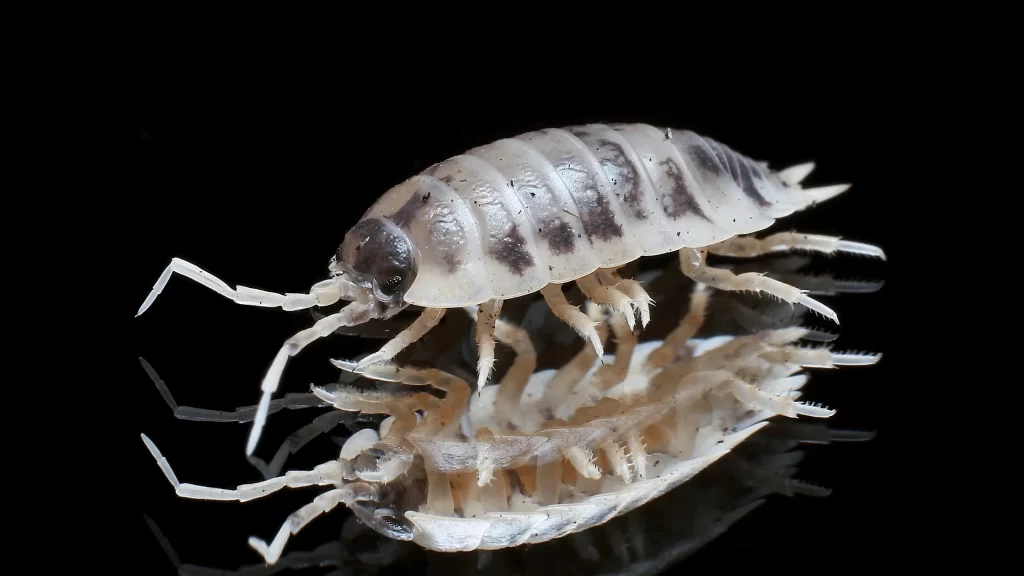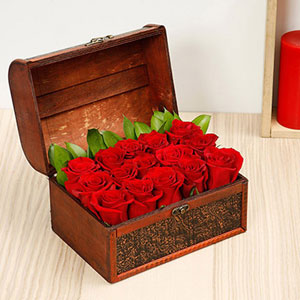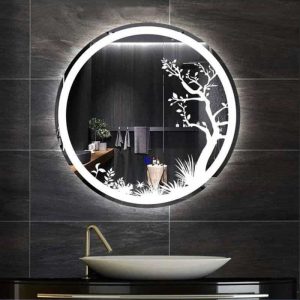The Complete Guide to Finding and Caring for Isopods for Sale”

Isopods, also known as pill bugs, roly-polies, or woodlice, have become increasingly popular among hobbyists and pet enthusiasts. These small, fascinating creatures are not only easy to care for but also serve as effective bioactive cleaners in terrariums and vivariums. If you’re looking for isopods for sale, whether for a pet, a hobby, or to maintain a healthy environment for your reptiles, this guide will provide you with everything you need to know. From where to find the best isopods for sale to tips on how to care for them, we’ve got you covered.
Why Are Isopods Becoming Popular?
The popularity of isopods has skyrocketed in recent years. Many people are drawn to their unique appearance and low-maintenance care requirements. Unlike other exotic pets, isopods don’t need a lot of space or expensive equipment, making them an ideal choice for those looking to get into the hobby without a hefty investment.
Isopods also play a crucial role in bioactive setups. They help break down organic matter, keeping the environment clean and balanced. This makes them a popular choice for reptile and amphibian enthusiasts who want to create a self-sustaining habitat.
Where to Find Isopods for Sale
Finding high-quality isopods for sale can be challenging, especially if you’re new to the hobby. Here are some of the best places to look:
1. Online Retailers
Several reputable online retailers specialize in isopods for sale. Websites like XYZ Isopods, ABC Bioactive, and Isopod Emporium offer a wide variety of species, from common types like Armadillidium vulgare to more exotic species like Cubaris sp. “Rubber Ducky.” Most online retailers provide detailed care sheets and customer reviews, making it easier to choose the right species for your needs.
2. Local Pet Stores
While not as common as online retailers, some local pet stores carry isopods. It’s always a good idea to call ahead and check their stock. Buying locally allows you to see the isopods in person and ask questions directly to the store staff.
3. Reptile and Exotic Pet Expos
Expos are a fantastic place to find isopods for sale. These events often feature breeders and sellers who specialize in isopods and other invertebrates. Expos are also a great opportunity to network with other enthusiasts and learn more about the hobby.
4. Private Breeders
Private breeders are another excellent source for isopods. Many breeders sell directly through social media platforms or specialized forums. Buying from a breeder can give you access to rarer species and more personalized care advice.
Choosing the Right Isopod Species
There are hundreds of isopod species available, each with its own unique characteristics. When looking for isopods for sale, it’s essential to choose a species that matches your needs and experience level. Here are some popular options:
1. Armadillidium vulgare
One of the most common and beginner-friendly species. They are hardy and can adapt to a wide range of conditions.
2. Porcellio scaber
Known for their robust nature and ability to thrive in bioactive setups. They are a bit more active and visible than Armadillidium species.
3. Cubaris sp. “Rubber Ducky”
A highly sought-after species due to their unique appearance. They are more challenging to care for and are recommended for experienced keepers.
4. Porcellionides pruinosus
These isopods are fast breeders and excellent cleaners, making them ideal for bioactive enclosures.
Setting Up the Perfect Habitat
Once you’ve found the isopods for sale that you want to purchase, the next step is setting up their habitat. A proper setup is crucial for the health and longevity of your isopods.
1. Enclosure
A plastic container with a secure lid works well for most isopod species. The size of the container will depend on the number of isopods you have. A small colony can thrive in a 1-2 gallon enclosure.
2. Substrate
A good substrate mix is essential. A combination of organic soil, leaf litter, and coconut coir works well for most species. This mix helps retain moisture while allowing the isopods to burrow and hide.
3. Moisture and Humidity
Different species have different moisture requirements. Armadillidium species prefer drier environments, while Cubaris species need higher humidity. It’s essential to mist the enclosure regularly and monitor the humidity levels.
4. Hiding Spots and Decorations
Isopods need plenty of hiding spots to feel secure. Adding pieces of cork bark, egg cartons, or leaf litter will provide them with places to hide and explore.
5. Food
Isopods are decomposers, meaning they feed on decaying organic matter. A balanced diet can include leaf litter, decaying wood, and occasional vegetables like carrots or sweet potatoes.
Caring for Your Isopods
Proper care is essential to keep your isopods healthy and active. Here are some tips:
1. Feeding
Isopods are not picky eaters, but a varied diet will ensure they get all the nutrients they need. Supplement their diet with fish flakes or a small amount of calcium powder to support their exoskeleton growth.
2. Cleaning
Isopods are relatively clean animals, but it’s still essential to remove any uneaten food to prevent mold and bacteria buildup. Regularly check the substrate for signs of mold or pests.
3. Breeding
Most isopod species breed readily in captivity. If you provide a suitable environment, you’ll soon notice an increase in your colony size. Keep an eye on the population to prevent overcrowding.
4. Health Issues
Isopods are generally hardy, but they can suffer from issues like dehydration, mold, or mites. Regularly inspect your colony and make adjustments to the environment as needed.
Using Isopods in Bioactive Enclosures
One of the main reasons people look for isopods for sale is to use them in bioactive enclosures. Isopods play a crucial role in these setups by breaking down waste and organic matter, helping to maintain a clean and healthy environment for your reptiles or amphibians.
1. Choosing the Right Species
Not all isopods are suitable for all bioactive setups. Some species, like Porcellio laevis, are more active and better at cleaning up waste, while others like Armadillidium maculatum are more decorative.
2. Establishing the Colony
It’s best to introduce isopods to a new enclosure before adding your reptiles or amphibians. This allows the isopods to establish a stable population and begin breaking down organic matter.
3. Maintaining the Bioactive Setup
Monitor the population of isopods and other microfauna regularly. You may need to add more isopods if the population declines or if they are not keeping up with the waste.
Common Mistakes to Avoid
When purchasing isopods for sale, especially if you’re new to the hobby, it’s easy to make mistakes. Here are some common pitfalls and how to avoid them:
1. Buying the Wrong Species
Not all isopods are the same. Some are better suited for beginners, while others require more specialized care. Research the species thoroughly before making a purchase.
2. Improper Enclosure Setup
A poorly set up enclosure can lead to health problems for your isopods. Ensure you have the correct substrate, humidity, and hiding spots.
3. Overfeeding
While isopods are scavengers, overfeeding can lead to mold and pest issues. Provide small amounts of food and remove uneaten portions regularly.
4. Neglecting Humidity Requirements
Humidity is critical for the health of your isopods. Make sure to mist the enclosure as needed and monitor the humidity levels.
Conclusion
Isopods are fascinating creatures that make excellent pets and are invaluable in bioactive setups. Whether you’re a seasoned hobbyist or just starting, finding the right isopods for sale is the first step in this exciting hobby. By choosing the right species, setting up a suitable habitat, and providing proper care, you can enjoy these unique creatures for years to come.





